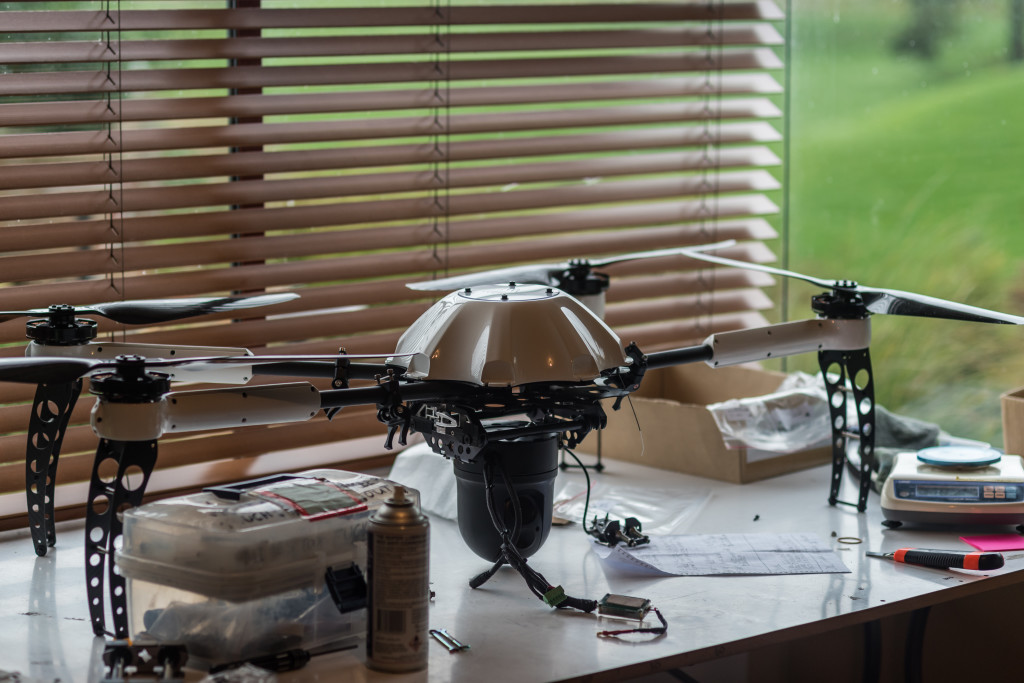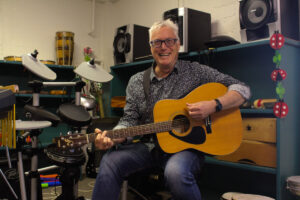Aeronavics unveil next generation of drones
To overcome the challenges faced by farmers, Aeronavics unveils new products aimed at reducing costs.
A Raglan based drone company’s new products could help farmers reduce costs and discover crop diseases earlier.
Aeronavics is showcasing the agricultural applications of their next-generation drones at the Innovation Centre this week.
The centrepiece of their booth is three colour coded drones, each representing one agricultural task.
Aeronavics co-founder Linda Bulk said any one drone could do all three tasks, it was just a matter of swapping out the “payload” attachments.

The most basic payload is a high definition camera, your basic eye in the sky proposition. Bulk said the idea was to allow farmers to efficiently monitor and inspect large areas, reaching hard to access places and making it easier to keep an eye on livestock.
Then there’s the mapping and survey configuration, a fixed camera pointed straight downwards. The drone flies over the area you want mapped in a grid pattern, then returns with a data set that can be run through a software package to produce accurate 3D and contour maps, analyse slopes and waterway features and plan drainage. Bulk said this information can be used to increase productivity and reduce compliance costs.
Bulk said the third payload on display uses a ‘very clever’ sensor, used to create the Normalised Vegetation Indices (NDVI), which produce colourised maps that shows the information collected in an easy to use manner.
“[NDVIs] are one of the main applications that people use to really measure the health of their crops. You can detect diseases two weeks before they’re visible to the naked eye,” she said.
These new generation drones will be on the market in the next couple of months, and a larger crop dusting and spraying drone is in the final stages of field testing.
The sprayer drone first came to Fieldays as a prototype two years ago, and the latest version is just about ready to go to market.
Bulk said it was ready from a production stand-point, now it was just about how it worked in the field.
“It’s not so much what the equipment can do as how practical it actually is in the field, and what the actual yield and benefit you get with it,” she said.




